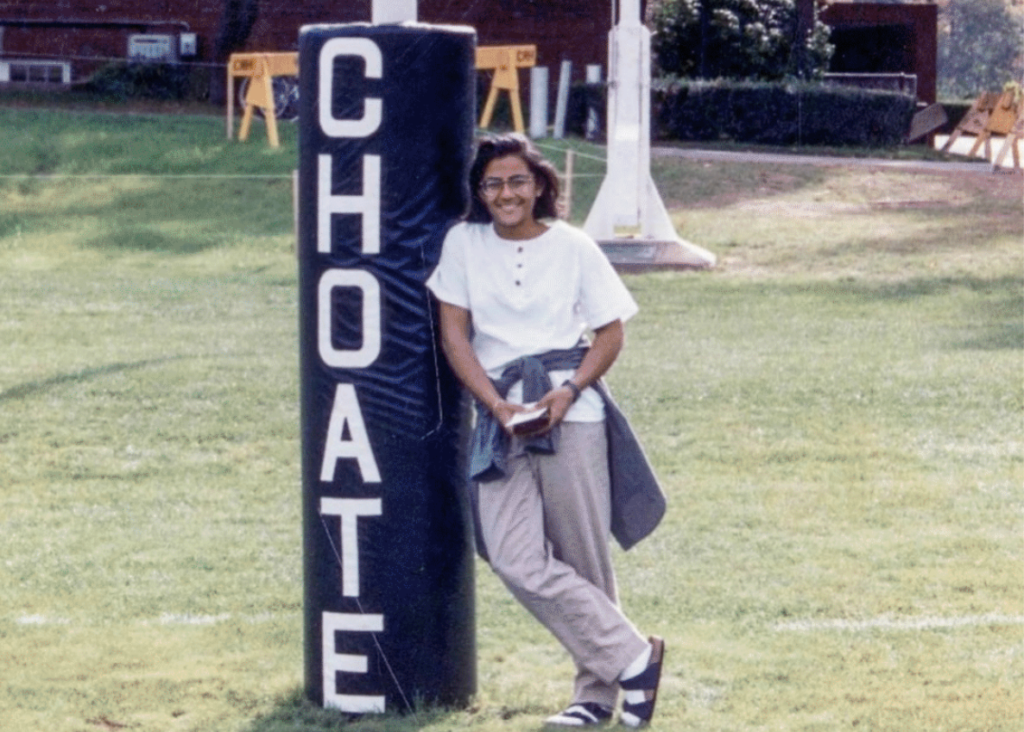Arts Concentration, one of Choate’s Signature Academic Programs, allows students to pursue their artistic passions. The program offers a variety of disciplines — visual, music, theater, and dance — into which students can delve.
Each division of Arts Concentration has its own set of academic and community expectations. For instance, Visual Arts Concentration is heavily supervised by the program directors, and students are expected to spend ten hours in the studio each week. The time they spend together cultivates a tight-knit community among the visual artists.
In Theater Arts Concentration, in contrast, there is not a set practice time. Instead, studentsfocus on preparing for musicals, plays, and other performances. This division of the program becomes more competitive, because students are all auditioning for the same roles in productions.
Music Arts Concentration, in turn, is even more isolated. Students have more flexibility with their hours, and they practice alone, with limited contact with other students in their division. Ms. Kalya Yannatos, the head of the Arts Department and the Director of the Arts Concentration program, said, “In music, depending on who the student’s advisers are, there are different camps, if you will. From my perch on the gallery I would think, ‘Well, that’s odd. Music is music and students are students, so why are we divided in this way?’ I think we need to do better with how we are creating greater potential for collaboration. No matter who your adviser is, you are a musician. So, let’s look for repertoire that may pull people together more.”
Arts Concentration is particularly special because it creates connections between students, which helps them learn and grow as musicians, dancers, artists, or actors. In certain disciplines, practicing an instrument or creating a piece of artwork can typically be a solitary activity. This can potentially create divisions amongst students in the program and create isolations amongst the different sections of Arts Concentration.
Understanding the divisions that do exist, the next question is how to better blend students in the concentration, regardless of their discipline. Alex Denhart ’20, part of Visual Arts Concentration, spoke of the additional difficulties visual arts students face. “Attempts have been made to involve the whole Arts Con community — the arts festival is an example. However, it was hard to put visual arts in it. They tried to get a gallery set up, but people mostly came to see the performing arts. It’s not a bad thing, but it’s just hard to advertise visual art at Choate.”
Ms. Yannatoes said, “My hope has been that we would have more regular opportunities to gather the entire community together. In those moments, I’m always watching and seeing everybody cluster with their discipline. It’s on my mind. I want to have something each term to pull us together, to spark a sense of overall community.”
Eliza Marovitz ’21, part of Theater Arts Concentration, said, “I want to be more aware of what the visual arts kids are doing, regardless of whether I have a visual arts focus or not. I think that, generally, arts people, regardless of what their discipline is, appreciate different art forms.”
Many students feel that having to stick to a singular division limits limits their ability to explore the arts. Denhart said, “When I came to Choate, I was both a music person and a visual arts person, but I felt like I had to choose when I joined Arts Con and now I barely practice any of the instruments that I played before. I feel like I had to stop doing some of the things that I loved in order to pursue something further.”
Ms. Yannatos explained that when the Arts Concentration program was created, it was very specific, discipline by discipline. “If you look at art today,” she said, “there will always be the integrity of each discipline, but we also know there is so much more blending of forms. As a department, we need to tackle that question and come up with more opportunities for students with talents in multiple genres.”




